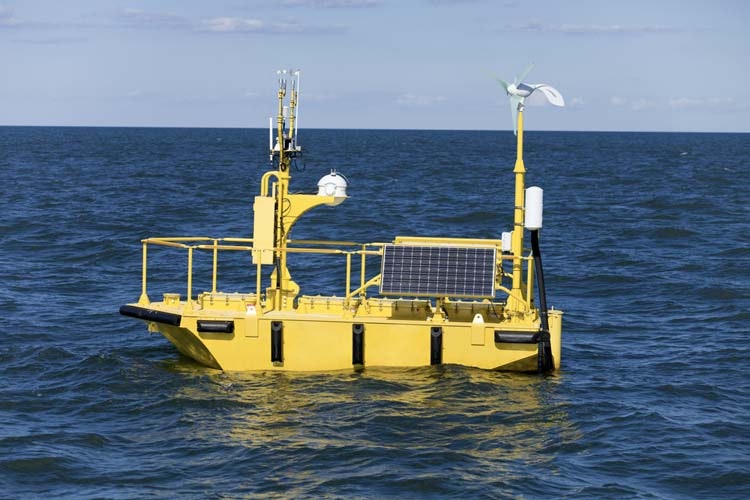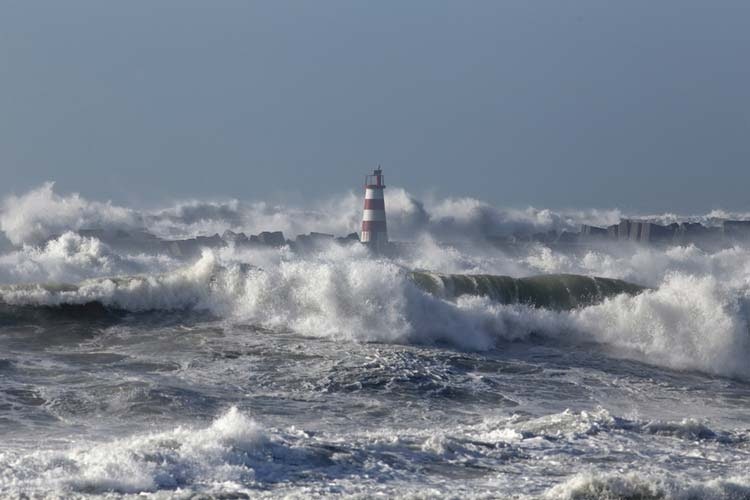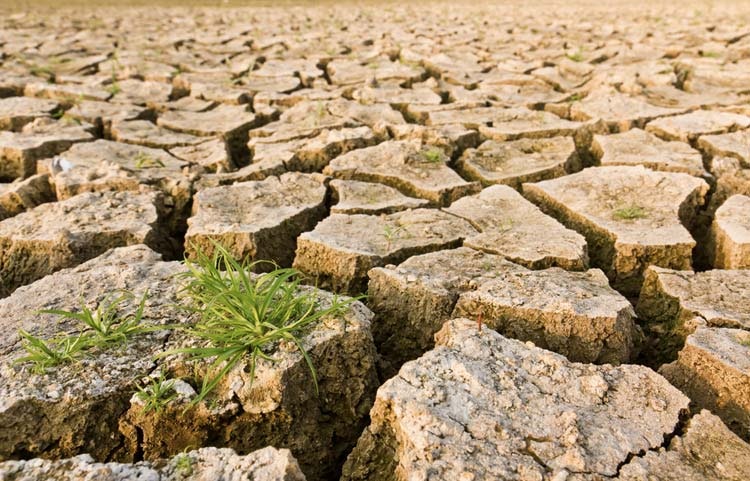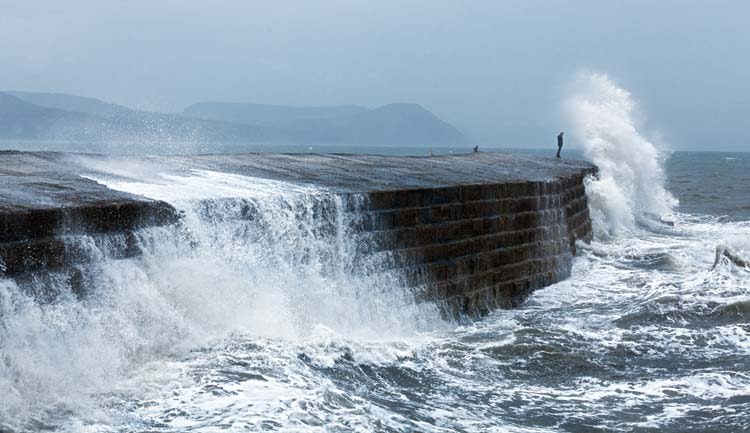How have the oceans changed over the last 30 years? There are much larger waves in the ocean and stronger winds. This was demonstrated in a study by scientists at the University of Melbourne, published in the prestigious journal Science at the end of April, which summarized the results of long-term research.
 There are much larger waves in the oceans than before
There are much larger waves in the oceans than before How was the research carried out?
The research aimed to identify trends in wind speed and wave height and covered a period of 33 years, from 1985 to 2018.
The researchers used data that was continuously tracked and sent by 31 satellites. They were equipped with a variety of high-end instruments for measuring wave height, wind speed and direction (altimeters, radiometers, and scatterometers). A total of 4 billion measurements were made by these satellites in total during the research.
In addition, measurements were compared with data provided by more than 80 ocean buoys dotted around the world. This makes it the largest and most detailed data collection of its kind.
 Data was collected from 31 satellites and compared with that of ocean buoys
Data was collected from 31 satellites and compared with that of ocean buoys Where are the strongest winds?
More powerful winds have been discovered by researchers over all over oceans. However, the area with the most significant increase in average wind speed was clearly the southern hemisphere.
The biggest differences were always recorded in extreme conditions, i.e. when the wind was the strongest. The study showed that over the thirty-year period, the speed of severe winds has increased by 5 kilometres per hour.
The area where the average wind speed has increased most is the Southern Ocean. A weaker but positive trend was also seen in the equatorial Pacific and North Atlantic Ocean. Other regions of the world show little or no increase.
Conversely, there are no significant regions where the wind speed decreased.
 Stronger winds have been discovered by researchers over all the oceans
Stronger winds have been discovered by researchers over all the oceans How has the wave height changed?
A stronger wind causes the ocean to swell and thus bigger waves. The extreme ones when compared to the 1990s have increased by up to 30 centimetres. And this difference could already be very significant.
Researchers at the University of Melbourne argue that these superwaves could, together with rising sea levels, lead to more frequent flooding and even faster coastal erosion. At the same time, places protected by dams could still be at risk as the dams will not be sufficient against the rising wave height.
 Superwaves could, together with rising sea levels, lead to more frequent flooding
Superwaves could, together with rising sea levels, lead to more frequent flooding Are more wind and waves associated with climate change?
It is premature to link the current findings solely to climate change, which also brings about other signs of extreme weather, including drought, heat waves and floods. However, according to researchers, the results of the research do fit the pattern of climate change.
But they also added that the increase in wind speed could have been caused by cyclical climatic variations such as El Niño and temperature changes in the South Pacific that occur every two to seven years.
An increase of 5 % in the case of wind and 8 % in the case of waves may not seem much, but if climate change continues, even this small increase will have a major impact.
 Larger winds and waves worsen the effects of climate change
Larger winds and waves worsen the effects of climate change It warns of rising sea-levels and environmental impacts, all with potentially disastrous results. This can be manifested, for example, by an increase in the destructive force of a storm, which will be strengthened by rising sea levels. And besides the aforementioned erosion and flooding, it can also make it more dangerous for ships and contribute to the melting of ice.
In any case, the correlation between climate change and larger waves can be observed - the ocean is warming up, warming the ground layer of the atmosphere, and therefore causing more wind. However, no matter what their cause, larger winds and waves can exacerbate the effects of climate change.
 Researchers warn of rising sea levels and it
Researchers warn of rising sea levels and it Will ocean waves and winds continue to strengthen?
How will this develop in the future and how can the research findings be used? Scientists are now planning to use 4 billion measurements to create global climate models for the next hundred years to predict and respond to future developments.
Research could also help, as Professor Young said, to differentiate between changes caused by long-term climate change and short-term fluctuations or changes caused by natural cycles.
 Will ocean waves and winds continue to strengthen?
Will ocean waves and winds continue to strengthen? TIP
Are you interested in protecting the seas and oceans? Read about our Sail Blue initiative and join us.
Source:
Multiplatform evaluation of global trends in wind speed and wave height
Ian R. Young and Agustinus Ribal (Department of Infrastructure Engineering, University of Melbourne, Melbourne, Australia. Department of Mathematics, Faculty of Mathematics and Natural Sciences, Hasanuddin University, Makassar, Indonesia).
